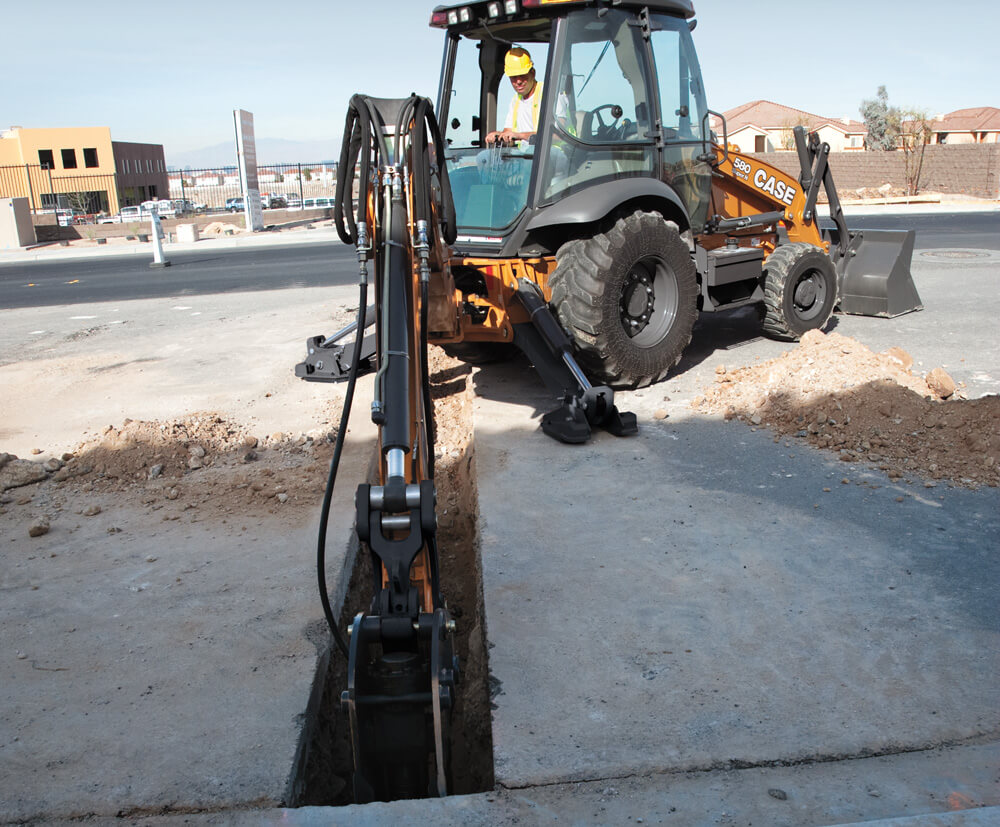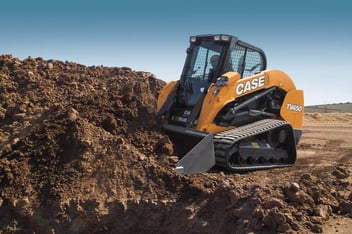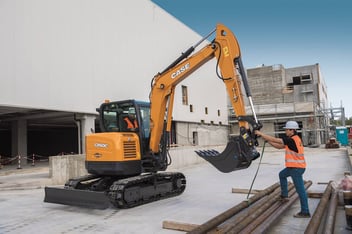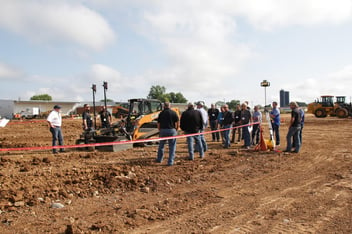
Precautions
Train your operators
Thoroughly train operators to avoid potential dangers while on the job. All operators and supervisors should receive training on proper handling and assembly of trench shields.
Sizing a trench shield
Knowing the scope of your job is imperative to choosing the correct trench shield—large enough to provide protection but light enough for the equipment being used on the site. Develop a checklist and answer the following questions:
- What type of soil are you working in?
- How deep is the cut going to be?
- What is the outside pipe diameter?
The shield must be at least 12″ wider than the pipe. - What is the length of the pipe you are using?
The shield must be 2′ to 4′ longer than the pipe. - What is the size of the machine and the lift capacity?
Minimum capacity should be 1.5 times the weight of the shield at 20′ radius.
Practice Safe Operation
Follow the manufacturer’s guidelines
Always read the manufacturer’s directions before assembling a shield. Make sure all components are supplied by the manufacturer, including the spreader pins. Rebar, bolts, pipe, or other materials should not be substituted for the spreader pins.
Handling the trench shields
Properly handling shields helps keep workers safe. Do not chain together stacks of trench shields. When stacking shields, always use stacking pins. It is also important to install all the spreaders and to never remove a spreader from a machine. Never lift a trench shield by the spreaders. If you are using a tagline, the line must be long enough to keep the worker a safe distance from the shield.





